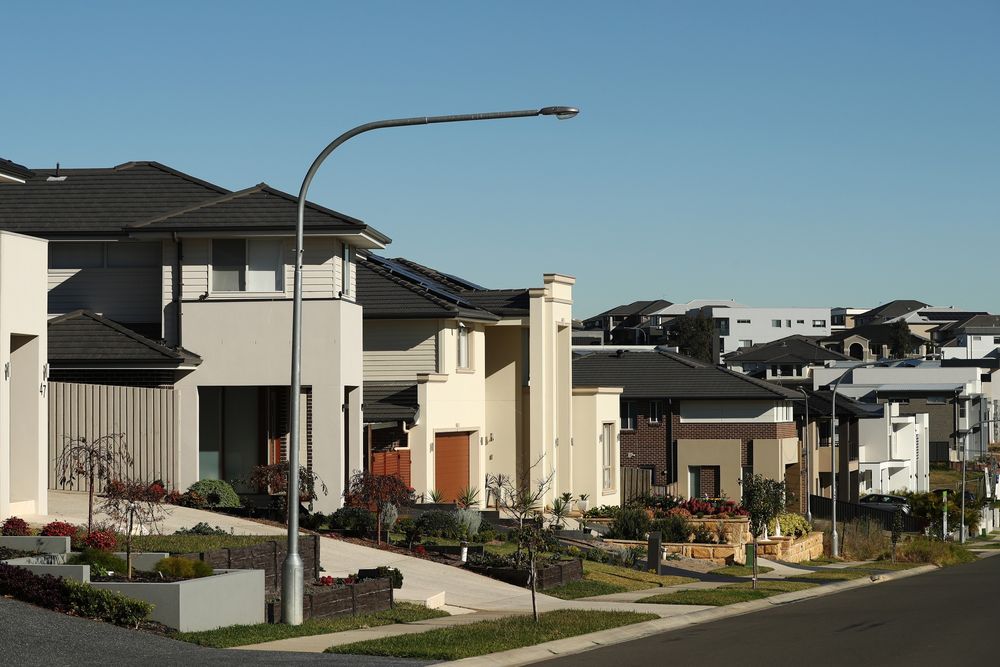Money
Property prices at all-time highs in Sydney
Money
Stocks rally ahead of Thanksgiving as markets log four days of gains
Markets gain momentum ahead of Thanksgiving, with the Dow up 388 points and Oracle rising 4% amid investor optimism.
Money
Dow surges 500 points amid rate cut optimism
Dow jumps 569 points on fresh hopes for December rate cut and AI market optimism
Money
Gold prices surge as Central Banks buy big, but risks grow ahead
Gold prices surge as central banks increase demand; risks include a stronger dollar and rising interest rates.
-



 News4 days ago
News4 days agoBondi Beach terror attack: Hanukkah celebrations turned tragic
-



 Ticker Views4 days ago
Ticker Views4 days agoFrom the Goldberg’s to the Icebergs – Bondi is Australia, Australia is Bondi beach
-



 News4 days ago
News4 days agoFather-son duo confirmed in Bondi anti-Semitic massacre
-



 News1 day ago
News1 day agoWarner rejects Paramount’s hostile takeover bid
-



 News4 days ago
News4 days agoNetanyahu blames Albanese after Bondi attack
-



 Shows1 day ago
Shows1 day agoJames Bozinovski: Reshaping retail with innovative strategies
-



 Shows4 days ago
Shows4 days agoBusiness ties flourish between China and Australia
-



 News4 days ago
News4 days agoBondi Beach shooting: Chaos at Hanukkah Festival – What we know










